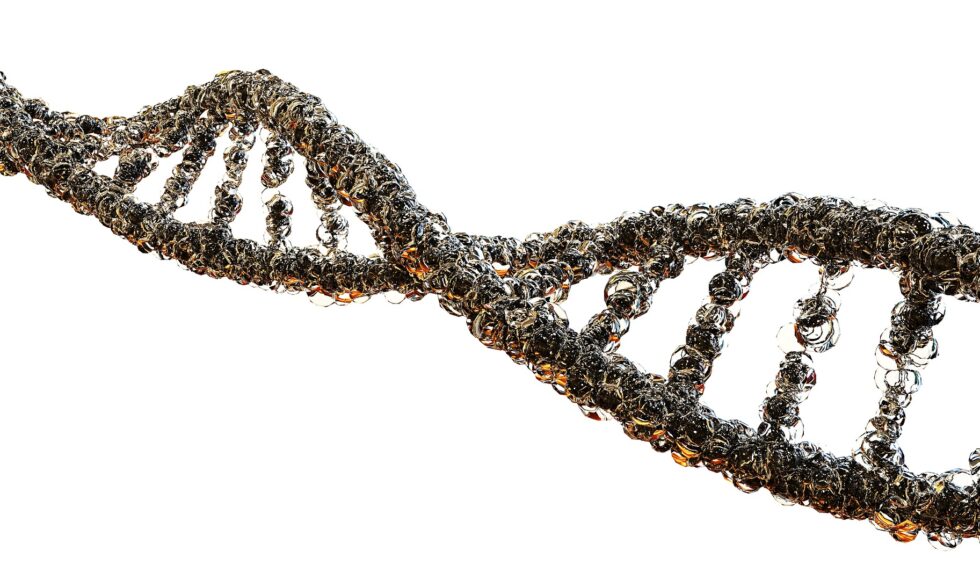A sequence listing contains nucleotide and/or amino acid sequences disclosed in a patent application (generally life sciences applications) and forms part of the description. Sequence listing must be provided in the form of a standardized representation of the sequence information, to enable Patent offices to conduct a search on these sequences. Further, it should be searchable in public databases once the application is published.
In India, as per Rule 9(3) of the Patents Rules, 2003, if the application for a patent discloses a sequence listing of nucleotides or amino acid sequences, the sequence listing of nucleotides or amino acid sequences must be filed in computer-readable text format along with the application, and no print form of the sequence listing of nucleotides or amino acid sequences is required to be submitted.
ST.25 and the Associated Problems:
Earlier, sequence listings were filed in Patent Offices compliant with WIPO ST.25 database. However, ST.25 format was not compliant with International Nucleotide Sequence Database Collaboration (INSDC) requirements, so data is lost when entered into public databases such as Genbank. Sequence types such as nucleotide analogs, D-amino acids, and branched sequences that are common today are not covered by ST.25 rules and therefore are not present in searchable databases. Further, ST.25 format is difficult to use for automated validation and data exchange because of unstructured data.
The Purpose and Benefits of ST.26:
The ST.25 and ST.26 apparently differ from each other in the file format. ST.25 used TXT or PDF format whereas ST.26 enhances submission quality due to the structure of a sequence listing in XML format. ST.26 allows applicants to draw up a single sequence listing in a patent application acceptable for the purposes of both international and national or regional procedures.
Further, ST.26 covers/include additional sequence types which are not covered by ST.25 specifically, D-amino acids, linear portions of branched sequences, and nucleotide analogs. Therefore, increases the automation of data validation and streamlines processing by IP offices.
WIPO Sequence software can be used to import XML sequence listings and view sequences and related information in a more user-friendly way and facilitate searching of the sequence data. The WIPO sequence software also provides a conversion feature, which converts an ST.25 TXT file into an ST.26 XML file. However, there may be some incompatibilities between the two formats, therefore, manual checking is recommended. Further, WIPO provides webinars/training on the new standard and the use of their WIPO sequence tool which is available for download and trial here.
However, the applicant can furnish an ST.26 compliant sequence listing within 15 months from the date of filing.
For international applications, it can be submitted to the receiving office within 2 months of the international filing date. In such circumstances, the date of submission of the sequence listing will be the international filing date, not the application filing date.
INDIAN PATENT OFFICE VIDE ITS PUBLIC NOTICE JUNE 17, 2022 has stated that all Sequence Listings that are part of an international application filed on and after 1st July 2022 under the Patent Cooperation Treaty must be compliant with WIPO Standard ST.26. It is further clarified that sequence listings compliant with WIPO ST.26 will be accepted by the Indian Patent Office in respect of national applications as well from 1st July 2022.
Clarification on Official Filing Fees by the Indian Patent Office:
Currently, the filing fee in the Indian Patent Office is calculated per page of the application over 30 pages, including pages of sequence listings on a .docx or .pdf file. As per clarification regarding fee calculation published on August 8, 2022, it would remain the same as per the requirement of Rule 9 of the Patents Rules 2003.
Source:
- https://www.wipo.int/standards/en/pdf/03-26-01.pdf
- https://www.wipo.int/pct/en/news/2022/news_0039.html
- https://www.uspto.gov/sites/default/files/documents/Patent-Quality-Chat-ST26-June15.pdf
- https://www.wipo.int/edocs/mdocs/mdocs/en/wipo_webinar_standards_2021_1/wipo_webinar_standards_2021_1_www_536511.pdf
- https://www.wipo.int/edocs/mdocs/pct/en/wipo_ip_mnl_19/wipo_ip_mnl_19_t14.pdf
- https://ipindia.gov.in/newsdetail.htm?819/

